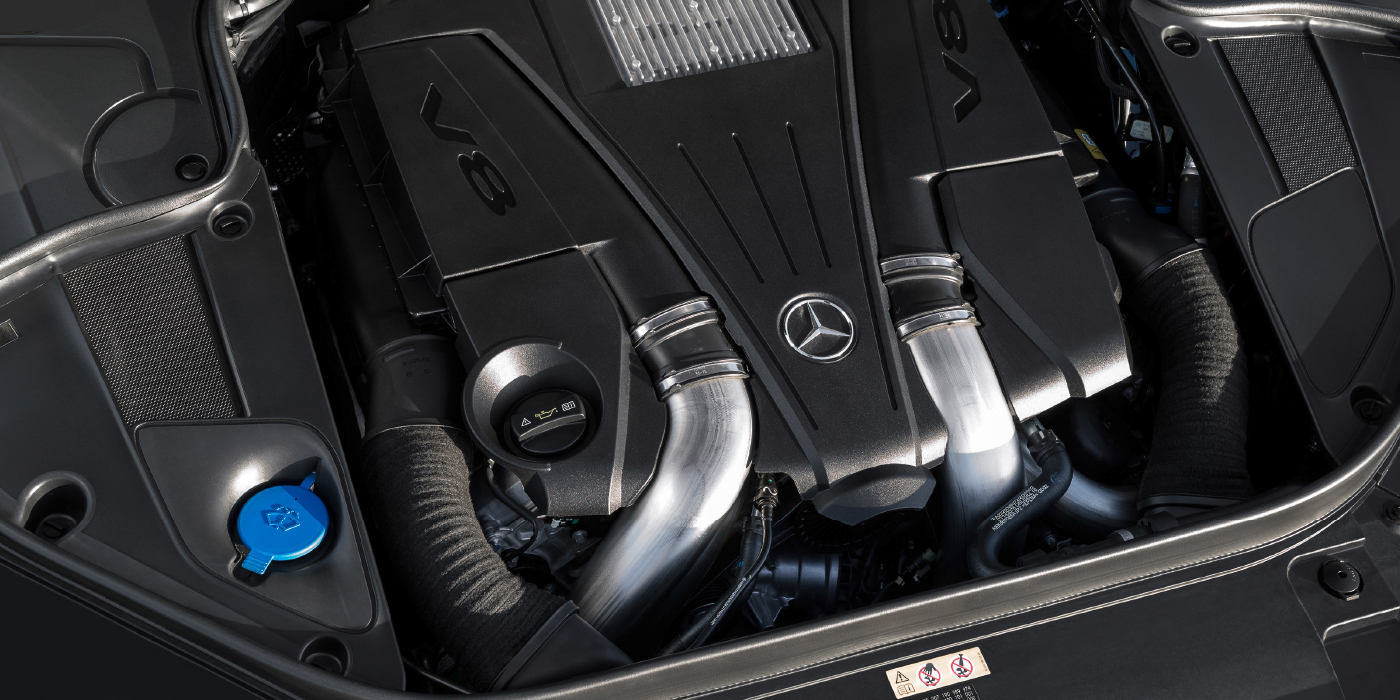Although the basic ignition switch has remained unchanged for many years, the way it supplies electrical current to modern on-board electronics has made it a key factor when diagnosing intermittent failures in various electronic operating systems. Going back into automotive history, the ignition switch’s sole purpose on early imports was to energize the primary ignition system circuit as the engine was being cranked. In many cases, a lock cylinder and key were added to discourage auto theft and, in other cases, a steering shaft lock was incorporated into the ignition switch to further inhibit theft.
The ignition switch’s job became more complex as accessories like radios, electric windshield wipers and heater blower motors were added to vehicles. Moving beyond its original role as a simple on-off switch for the engine’s ignition system, the ignition switch was also designed to supply electricity through an accessory position on the switch. This allowed accessories to function in a key-on, engine-off situation without overheating and oxidizing the contact points in the engine’s distributor. As more accessories like power windows, power door locks, power seats, air conditioning and electronic automatic transmissions were added, the ignition switch’s job became even more demanding.
Today, the ignition switch is a complex device that powers numerous electrical and electronic systems throughout the vehicle. In fact, the newest version of the conventional ignition key is an electronic device that identifies the driver and allows him to activate the starting system on demand. But that’s another story, so let’s stick with exploring the basics of the conventional ignition switch and its operation and diagnosis.
IGNITION SWITCH CONFIGURATIONS
Most early ignition switches transmitted all of the electrical current needed to supply the vehicle’s ignition system and accessories. As accessories were added, the amperage load through the ignition switch became too high for most switch configurations. To reduce amperage loads through the ignition switch, import manufacturers began adding electrical relays to the ignition switch circuit. In this configuration, the ignition switch supplies very small amperages to activate a relay that, in turn, activates high-amperage devices like HVAC blower motors, electric cooling fans and similar devices.
For lower-amperage accessories, the ignition switch transmits amperage to a fuse box that is designed to protect the ignition switch and its companion wiring from catastrophic overheating if a component circuit is shorted to ground.
FAILURE PATTERNS
Most ignition switches incorporate spring-loaded, sliding contacts to transmit adequate amperage to individual fuse and relay circuits. As these contacts begin to wear, they may lose their ability to make perfect mechanical contact. In other instances, they may begin to oxidize due to heavy amperage flow. In either case, the contacts begin to develop electrical resistance that reduces amperage flow through the ignition switch.
Very few ignition switches fail catastrophically. Most begin to fail intermittently and are usually sensitive to temperature and humidity. If the internal sliding contacts are heavily greased during assembly, the grease may begin to harden and inhibit mechanical contact during cold weather. If the switch fails during heavy accessory loads, the internal sliding contacts may have become heavily oxidized or succumbed to heat distortion and loss of mechanical integrity. In any case, most ignition switches give ample warning of an impending failure via intermittent ignition or accessory operation under various conditions of temperature and electrical load.
DIAGNOSTIC STRATEGIES
Although each nameplate has a proprietary design for its ignition switch and electrical system, diagnosing any modern ignition switch problem requires some common tools of the trade, which follow in the next several paragraphs.
Late-model imports have extremely complex electrical component arrangements connected by even more complex wiring systems. Most wiring schematics simply illustrate the electrical relationship between the various components and the color-coding on the wires that connect the components. Unfortunately, while a wiring schematic is indispensable to any electrical system diagnosis, it usually won’t illustrate the complex routing of the various fuse and relay circuits powered by the ignition switch.
Power distribution charts are perhaps the most accurate illustration of how the ignition switch distributes electricity through the fuse box and to the various electrical relays. In addition, power distribution charts also list the individual accessories that are powered by the various fuses or relays.
Of course, we must remember that a ground connection completes each electrical circuit supplied by the ignition switch. The ground distribution chart not only identifies the ground for each fuse, relay and component, but it also identifies where the ground is located on the vehicle chassis.









